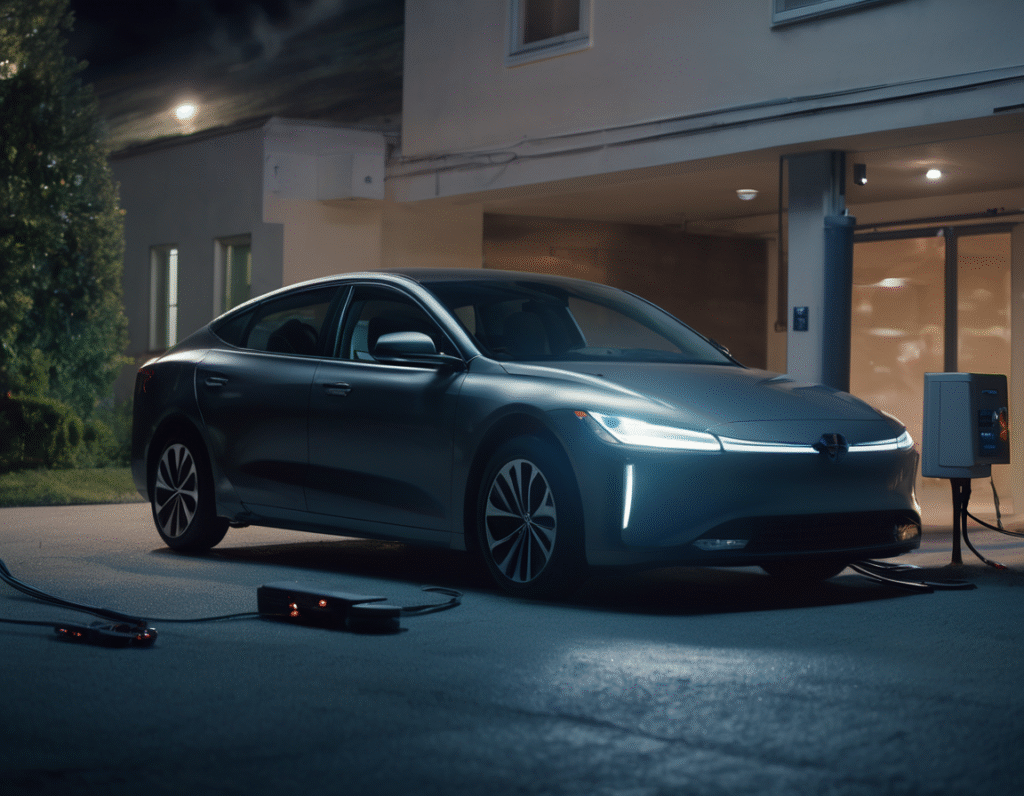Plug-in hybrids emit far more pollution than advertised, new report finds A new analysis of real-world driving data from hundreds of thousands of cars across Europe has revealed a massive gap between the advertised environmental benefits of plug-in hybrid electric vehicles, or PHEVs, and their actual performance. According to a report from a coalition of European transport and environment groups, the difference in emissions between PHEVs and conventional gasoline cars is only 19 percent, a far cry from the 75 percent reduction suggested by laboratory tests. The findings are based on data collected from the onboard fuel consumption meters of approximately 800,000 plug-in hybrids registered in Europe between 2021 and 2023. The analysis concluded that the real-world carbon dioxide emissions of these vehicles are 4.9 times higher than their official, lab-tested values. The core of the problem lies in a flawed assumption about how often these vehicles are driven using their electric motors. Official estimates assume an electric driving mode share of 84 percent. In reality, the data shows that PHEVs are driven on electricity for only about 27 percent of the time. This means that for the vast majority of their time on the road, they are running on gasoline, emitting CO2 and other pollutants directly from their tailpipes. The issues run even deeper. The report indicates that even when a PHEV is technically in electric driving mode, it is not always emissions-free. In many models, the electric motor lacks sufficient power to operate entirely on its own. As a result, the internal combustion engine frequently kicks in to supply additional power, doing so for nearly a third of the distance driven even during electric operation. Another significant factor contributing to higher emissions is driver behavior. Many PHEVs lack fast-charging capability, making it less convenient for owners to recharge the battery. This often leads drivers to forgo plugging in altogether and simply operate the vehicle as a conventional hybrid, relying primarily on its gasoline engine. This not only leads to more pollution but also hits drivers in the wallet. The report states that PHEV owners end up spending an average of 582 dollars more on fuel than official estimates would suggest. Carmakers, particularly Volkswagen, Mercedes-Benz, and BMW, have heavily promoted PHEVs in Europe as a low-emissions solution that avoids the range anxiety associated with fully electric vehicles. However, the report suggests that the artificially low official emission figures for PHEVs have provided car manufacturers with a significant financial benefit. Researchers noted that four major carmaker groups avoided over 5.8 billion dollars in fines between 2021 and 2023 because the lab tests underestimated the true emissions of their PHEV fleets. These official numbers allowed the companies to meet the European Union’s fleet-wide CO2 emission targets. When real-world data is applied, the vehicles these groups sold emitted a staggering 52 million tons more carbon dioxide than was officially reported.


